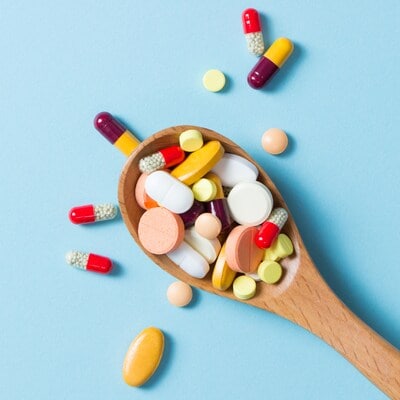CDSCO plans to ask more brands to put QR codes on packaging to stop fakes | News

The drug regulatory body Central Drug Standard Control Organisation (CDSCO) is planning to expand the mandate of putting QR codes on packages to more drug brands, according to a senior official.
Speaking on the sidelines of the Confederation of Indian Industry (CII) Pharma and Life Sciences Summit on Wednesday, Drug Controller General of India (DCGI) Rajeev Singh Raghuvanshi said that the regulatory body is looking to increase the number of brands that display QR codes on their packaging to combat counterfeit drugs in the market.
Click here to connect with us on WhatsApp
This follows CDSCO’s move last year to strictly implement barcodes or QR codes on 300 top medicine brands such as Allegra, Calpol, and Dolo.
These QR codes validate the authenticity of medicines, as scans display information such as the name and address of the manufacturer, date of manufacture, and date of expiry, among other details.
The drug regulator also stated that around 50 manufacturers have been ordered to recall their products for not meeting quality norms, while action has been initiated to book the makers of five spurious drugs.
This comes after around 50 drugs were found to be Not of Standard Quality (NSQ) in the CDSCO’s monthly drug alert last month. Five others were classified as spurious.
“Every month, the CDSCO samples and tests more than 2,000 samples from the market, and out of that, some 40 to 50 fail in one or another parameter, which could also be very minor parameters, not of any health risk, and we put that on our portal,” he said.
On the question of increased scrutiny in select areas like Baddi, Roorkee, and Haridwar, which are showing a high frequency of NSQ drugs, the DCGI said that the CDSCO conducts sampling across the country, and there are currently no plans to earmark specific locations.
Commenting on actions taken following the recent drugs notification by the apex regulatory body, Raghuvanshi said that the CDSCO, on its part, recalls the notified drugs.
“As for the spurious drugs, the body identifies the products, and then action starts from the person who sells, from where we have samples, and then we do the mapping of the whole supply chain,” he added.
Adding that the Drugs and Cosmetics Act has all the provisions to address issues related to fake medicine and spurious drugs, he said that there are set procedures followed once such samples are detected, taking them to a logical conclusion.
“Recommendations for prosecution or recommendations for administrative actions are given depending on the seriousness of non-compliance issues,” he said.
First Published: Oct 09 2024 | 11:26 PM IST




